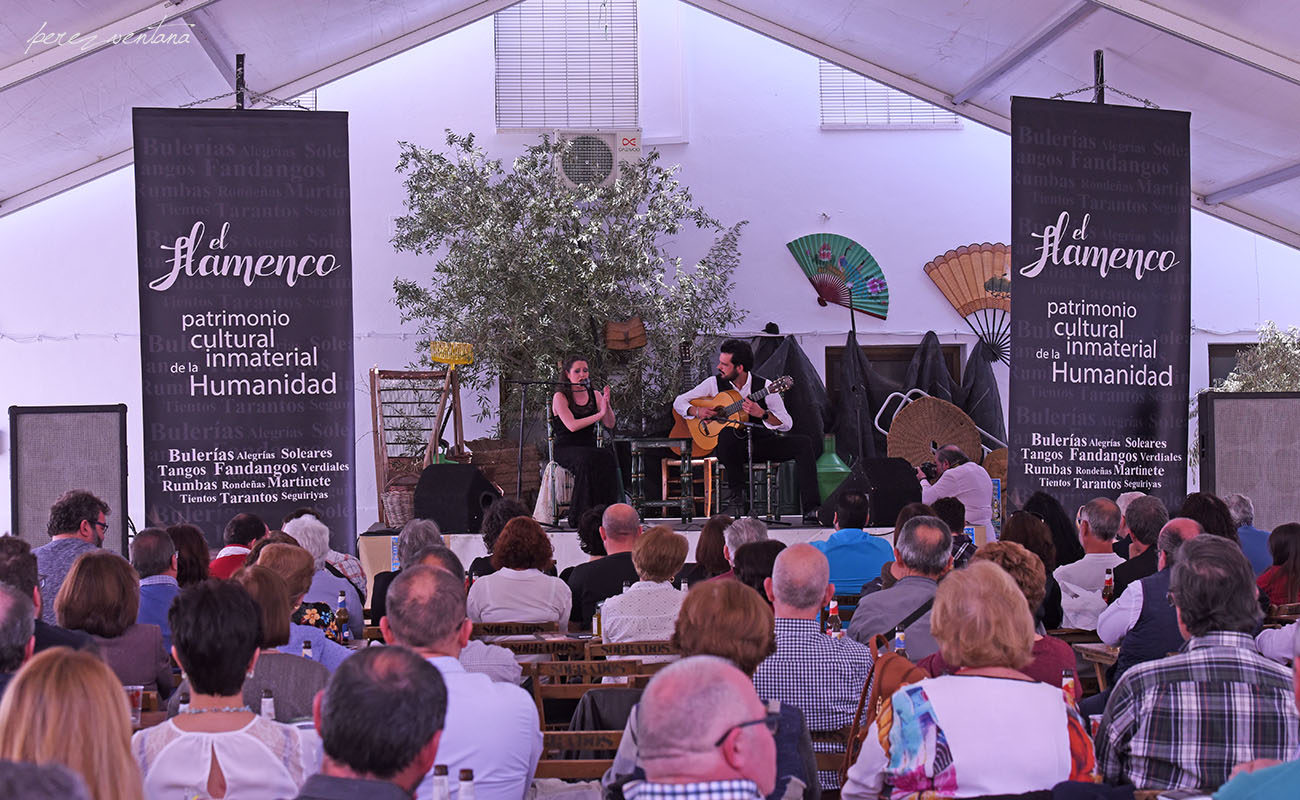The role of the aficionados
Flamenco aficionados have judgement, get immersed in knowledge, debate and are active. Do you know how much money passes through the peñas of Andalusia in one year?

The article published last Wednesday, about the future of the peñas flamencas, created a lot of debate among our readers, with all sorts of opinions, generally (but not always) supportive of these venues. José Luis Ortiz Nuevo, creator of Seville’s Bienal, suggested that the peñas were not all that important, noting that the artists themselves were the real protagonists of flamenco. Indeed, I’ve always stated that the true protagonists of this art have been, are, and will always be, its artists. Incidentally, Seville’s peñas flamencas were instrumental in the creation of the Bienal, although these days the peñas are barely taken into account any more.
Without denying the importance of the cantaores, tocaores and bailaores, the aficionados are also vital for flamenco. I’m not referring only to those who go to the theaters or to the summer festivals in small towns, but the aficionados who work for flamenco, those who commit themselves, performing various tasks in the peñas. Ortiz Nuevo said that there are peñas which are backwards, and that is correct, in the same measure that there are artists and aficionados who are backwards too, not to mention the backward critics or flamencologists, without pointing any fingers. There are peñas that are nothing more than drinking bars, where people only go to have diner or to play bingo, which only use the name “peña” to avoid taxes. Yet, most of the peñas are serious establishments, struggling to pay their rent, not to mention to hire artists, something that is sometimes impossible.
Flamenco aficionados have judgement, get immersed in knowledge, debate and are active
Going back to the words of Ortiz Nuevo, highlighting the artists above all, I believe that the role of the aficionado is worth of being studied and appreciated. I’m unaware if the same happens with other musical genres, but the flamenco aficionado is totally committed and engaged, working for flamenco and contributing financially to it. Do you know how much money passes through the peñas of Andalusia in one year? A lot, about a million euros or so, and it’s not all from public subsidies. Some peñas organize raffles and sell lottery to be able to afford hiring artists. The rest comes from membership fees, which, although usually inexpensive, provide a good source of income, since peñas typically have about a hundred members. Thus, it’s only fair to highlight the work of the aficionados inside and outside the peñas, those who work for flamenco, those who buy flamenco books and recordings, those who write in magazines or blogs, and those who buy tickets for the summer festivals or for the Bienal events. Moreover, flamenco aficionados have judgement, get immersed in knowledge, debate and are active, as we can see on a daily basis in Seville and in all provinces of Andalusia. Not forgetting other communities in Spain where flamenco is appreciated as much as it is in Andalusia, such as Extremadura or Catalonia where, by the way, there are great (and very old) peñas flamencas.
Finally, going back to the topic of public subsidies, it must be made clear that this public help doesn’t come out of the pocket of the authorities, that is, of the politicians, but rather from budgets meant to promote culture. Peñas deserve to receive these subsidies as much as any other cultural entity of Andalusia. Whether or not these subsidies limit the independence of the peñas is another matter. Sometimes we’ve seen renowned politicians asking for votes in peñas, promising support. Yet, in the end, at the time of voting everyone chooses whomever they think fit, as people from all sorts of different ideologies coexist in the peñas, in total harmony.




